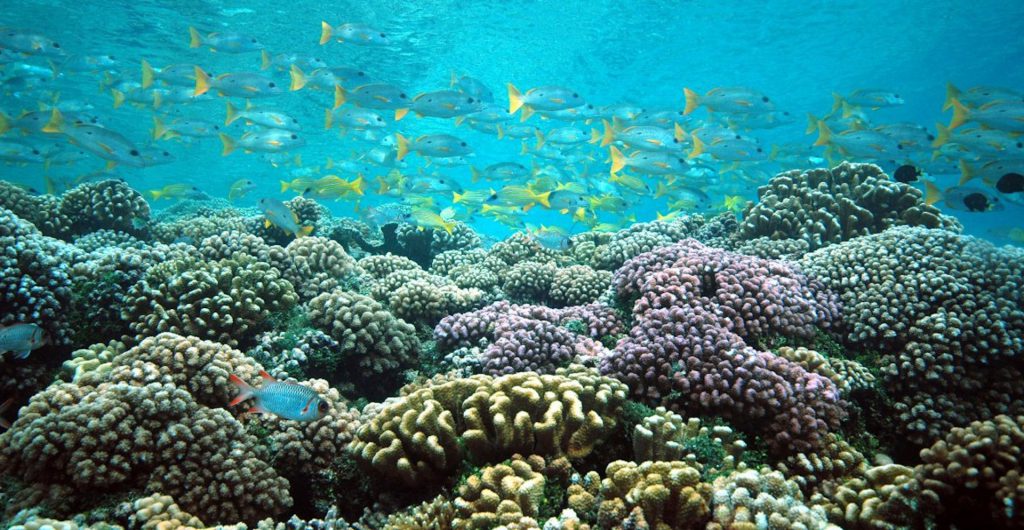After over 200 years of isolation, Pitcairn Island population is fighting for its survival and relies on the creation of a marine reserve covering its exclusive economic zone, or 836,000 km2, to develop tourism. Indeed, the 50 inhabitants of Pitcairn, which descend mostly Bounty mutineers and their Tahitian wives, dependent 95% of UK income.
According to the organization Global Ocean Legacy, Pitcairn Island waters are frequented by a large and varied wildlife, including complex populations of hard and soft corals harboring hundreds of species of fish, including two unique species: fish -soldat and fish-butterfly quills.
In 2012, a multidisciplinary scientific expedition led by National Geographic had described the unique marine environment of Pitcairn, which includes the deepest coral reef in the world and among the clearest waters in the world … and revealed the existence of completely new species, as well as an abundance of predators like sharks”
If the reserve creation is laudable and is part of an international effort to preserve the flora and fauna of the oceans, but we must remember similar measures developed in recent years by Pacific states of Kiribati and Tokelau, the Cook and New Caledonia islands, creating a higher bid announcements and bypassing management difficulties. Note that in the absence of airport and port Pitcairn, surveillance of the area by plane or boat is difficult.



